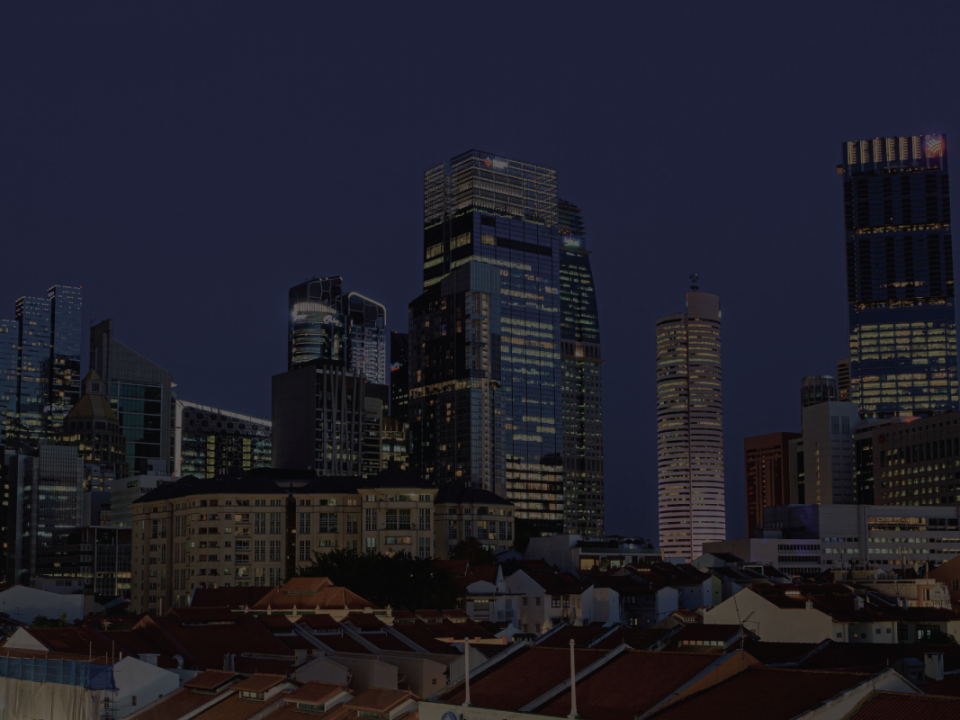
Energy consumption has risen. How can you be more sustainable when working from home?
June 19, 2020
Singapore’s Energy Story
July 24, 2020Announced during Singapore’s 2019 National Day Rally, Prime Minister Lee quoted a sum of $100 billion to fight climate change. This ballpark figure entails measures to mitigate the looming effects of climate change in the next 50 to 100 years.
Action for tomorrow
One of the key projects is the upgrading of the drainage network to boost flood resilience due to flash floods. This single project, costing $400 million, highlights one of the many consequences we can expect from climate change in the decades to come.
With melting snow caps in regions far beyond our shores, our island-nation risk losing precious land to rising sea levels. To mitigate this imminent threat, new buildings will be built at least 4m above sea level. Various physical barriers strategically placed along our beaches reinforces our shorelines. These solutions address this single problem of rising sea levels but the greater issue lies in the immediate need for action against climate change.
In 2018, the Carbon Tax was introduced as a form of accountability of carbon emissions contributed by industrial facilities. These facilities will fork out $125,000 per year from 2019 to 2023, with a rate revision due in 2023. While the Carbon Tax may seem irrelevant to many, this is one small step taken to discourage further carbon emissions.
An industry close to our hearts is the energy industry in Singapore, which produces its power by combusting liquified natural gas (LNG). Albeit fuelled by the cleanest form of fossil fuels, the power generation industry is still the largest producer of greenhouse gases: a whopping 23.6 million tonnes in 2017 alone. LNG is responsible for over 95% of our total energy generation while solar generation, as of 2019, made up just 4.03% of the electricity we consume.
Green roofs for green homes
Singapore’s landmark solar generation programme; SolarNova, has been spearheading the drive in increasing solar generation output. Launched by the Housing Development Board (HDB) and Economic Development Board (EDB) in 2014, SolarNova is now in its fifth phase. The expected target for 2030 has also been revised from 220 megawatt-peak (MWp) to 540MWp, supporting the national solar goal of 2 gigawatt-peak (GWp).
Following this momentum, HDB recently launched the Tengah district as Singapore’s first smart and sustainable town. Working with SP Group, HDB is developing Tengah as a Smart Energy Town by tapping on Artificial Intelligence and SP's software system for smarter management of energy use. In time to come, going green will be as easy as buying your new home.
Greening our homes and businesses with ELECTRIFY
Till then, we can start taking action in small ways. Blessed with a green thumb? Grow food within the comfort of our homes. For those choosing to shop can shop locally by supporting grocery and sundry stores within walking distance in our neighbourhoods. Homeowners can also choose an electricity retailer with green energy plans to lessen the use of LNG. The concept of buying locally can even extend to buying solar energy from your neighbouring office building with solar panels on the roofs!
The trend of investments into renewable energy and smart cities paves the way for new energy solutions such as Synergy – ELECTRIFY’s peer-to-peer energy trading platform. Designed to streamline the contracting process between consumers and owners of solar photovoltaic (PV) systems, Synergy brings solar energy closer to our homes and businesses. By making the switch to renewable energy to power our daily lives, we can potentially make a difference in fighting climate change.
This forecasted figure of $100 billion for climate change translates into investments for the future, with various measures implemented for near-term change. But action for our sustainable future starts today in our homes.

